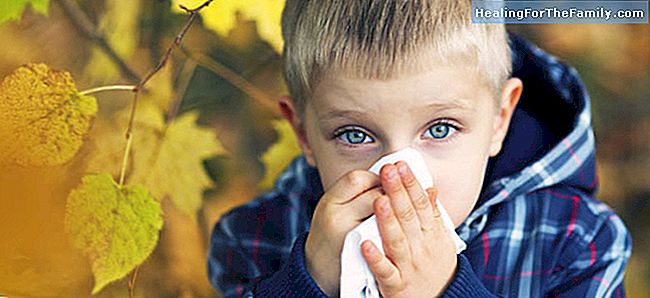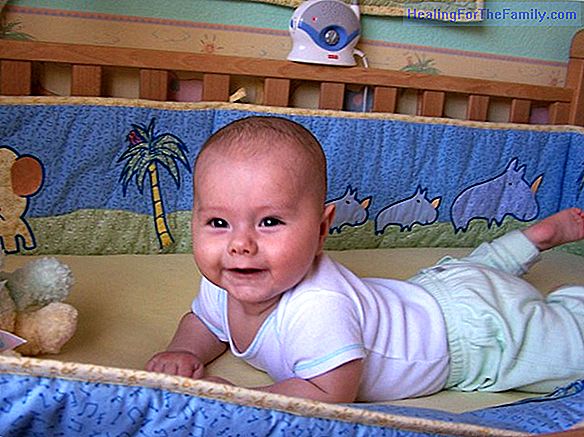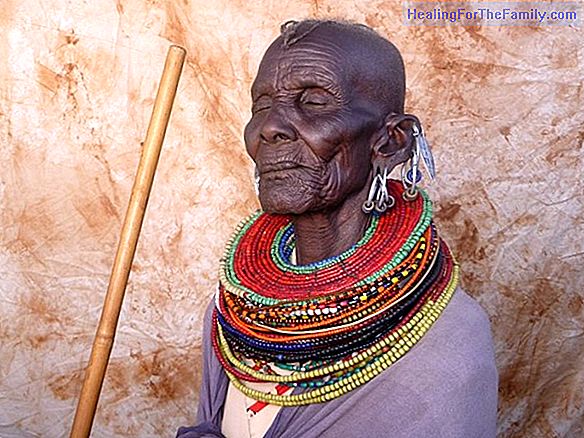10 Clues to differentiate a cold from an allergy in children
Many parents are concerned if their child's respiratory symptoms are due to an infectious cause (catarrh), or if it could be due to an allergy . Then we give you 10 clues to differentiate a cold from an allergy in children . You will see how you learn to distinguish them. The 10 clues to differentia
Many parents are concerned if their child's respiratory symptoms are due to an infectious cause (catarrh), or if it could be due to an allergy . Then we give you 10 clues to differentiate a cold from an allergy in children. You will see how you learn to distinguish them.
The 10 clues to differentiate a cold from an allergy in children

1. Fever. The presence of fever is usually synonymous with infection, so we tend to think that the child's process is a cold.
2. General malaise. In colds, muscle aches and relative discomfort are common. Not so in allergic processes.
3. Age. Under 3-4 years of age, environmental allergies are very rare. The cough and snot in this case, would be attributable to a cold.
4. Family epidemic environment. If there are more members of the family suffering from a feverish process, or who also have respiratory symptoms, we should think about a cold picture, rather than an allergy.
5. Mucus consistency. Snot of "water consistency", maintained over time, are typical of allergic processes. In the colds, although initially the mucus has that consistency, after the days, they become thicker.
6. Repeated sneezing. In colds, you can sneeze, but in isolation. If the sneezing is very obvious ("non-stop"), you have to think about an allergy.
7. Nasal itching. Itching is typical of allergies.
8. Appearance of symptoms in a specific place. If the symptoms appear in a specific place (for example, in the field, during the spring), we have to think about an allergic picture.
9. Duration of symptoms. Although colds produce symptoms for 2-3 weeks, environmental allergies produce symptoms that are even more persistent and stable over time.
10. Seasonality. Many of the allergic processes show a seasonal character (for example, in Spain the grasses pollinate in spring). The colds can appear at any time, although during the cold months they are more frequent.












